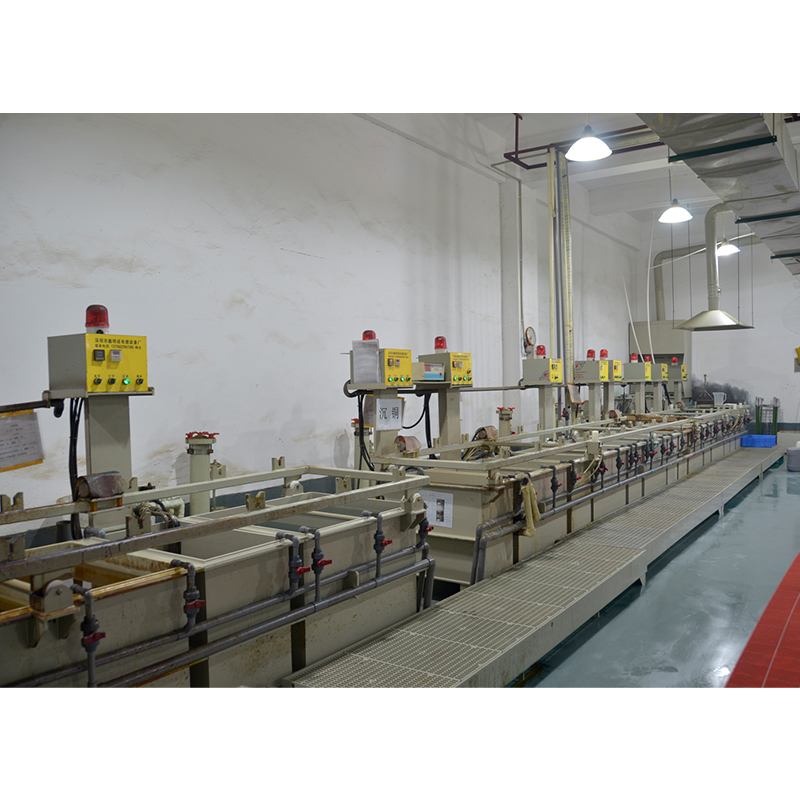In the rapidly evolving world of electronics, innovation and versatility are key to staying ahead of the competition. Radio frequency (RF) applications are an area experiencing tremendous growth. From wireless communication systems to satellite technology and radar systems, RF applications play a vital role. To meet the needs of these applications, engineers and designers are constantly exploring new solutions. One popular solution is to use rigid flex circuit boards. But can rigid-flex circuit boards be used in RF applications? In this blog, we will explore this issue in detail.
Rigid-flex circuit boards are a hybrid of rigid and flexible circuit boards. They combine the best of both types, making them ideal for complex electronic designs. Rigid sections provide stability and structural support, while flexible sections allow for bending and folding, allowing them to fit into tight spaces. This unique combination makes rigid-flex boards suitable for a wide range of applications, including radio frequency.
RF applications require efficient and accurate transmission of high-frequency signals. Any interference or loss in signal quality will adversely affect system performance. Rigid-flex circuit boards provide excellent signal integrity due to their low loss characteristics. The dielectric materials used in its construction have a low dissipation factor, ensuring minimal signal attenuation. This is critical for RF applications where signal strength plays a vital role.
Another advantage of rigid-flex circuit boards for RF applications is the ability to reduce electromagnetic interference (EMI) and radio frequency interference (RFI). The flexible portions of these boards act as shields, preventing external interference from affecting the signal. This shielding property is particularly beneficial for RF systems that require high sensitivity and precision.
Additionally, the unique design of rigid-flex circuit boards allows precise control of impedance levels. Impedance matching is critical in RF applications to ensure maximum power transmission and prevent signal reflections. Rigid-flex boards give engineers the flexibility to design multiple impedance levels on a single board, eliminating the need for additional components or complex assembly processes.
Rigid-flex circuit boards offer several advantages in terms of manufacturing considerations. Its compact design saves space and reduces the need for connectors and cables, simplifying overall system design. Additionally, eliminating connectors reduces the risk of signal loss and increases reliability. This is especially important for RF applications that require consistent and uninterrupted signal transmission.
It is worth noting that successful implementation of rigid-flex circuit boards in RF applications requires careful design and layout considerations. Proper stackup design, trace routing, and signal grounding are critical to optimizing performance. Collaboration between engineers, designers, and manufacturers is necessary to ensure that design specifications are met and that the final product meets the required RF standards.
In summary
Rigid-flex circuit boards can indeed be used in RF applications. Their unique combination of rigidity and flexibility, coupled with low-loss properties and EMI/RFI shielding, make them a viable option. With their ability to precisely control impedance levels and their manufacturing advantages, rigid-flex boards offer a promising solution for RF systems.
However, it is crucial to emphasize the importance of proper design and collaboration among all relevant stakeholders. Attention to detail during design and manufacturing is critical to achieving optimal RF performance. With the right approach, rigid-flex circuit boards can deliver the reliability, efficiency and performance required for a variety of RF applications, contributing to the ever-expanding wireless communications and technology landscape.
Post time: Oct-07-2023
Back







